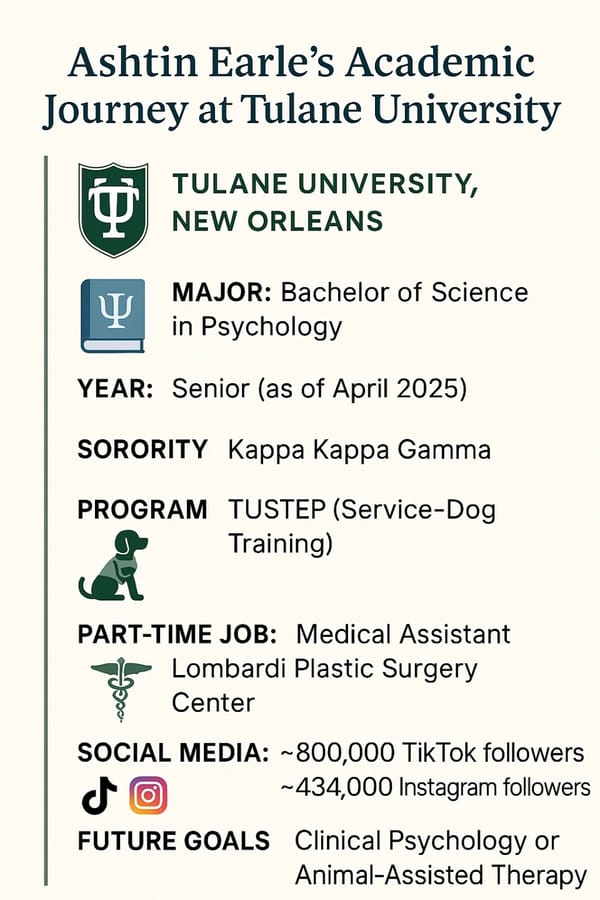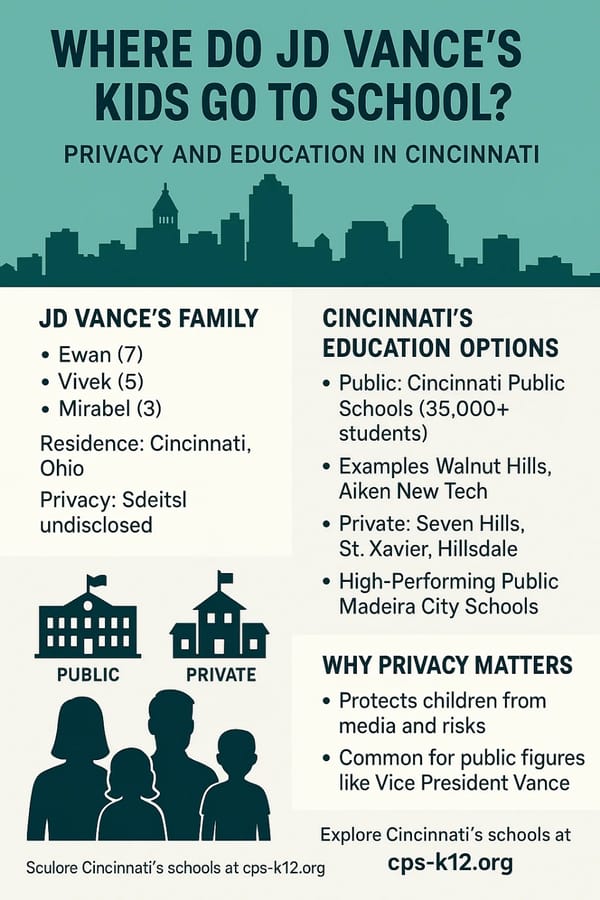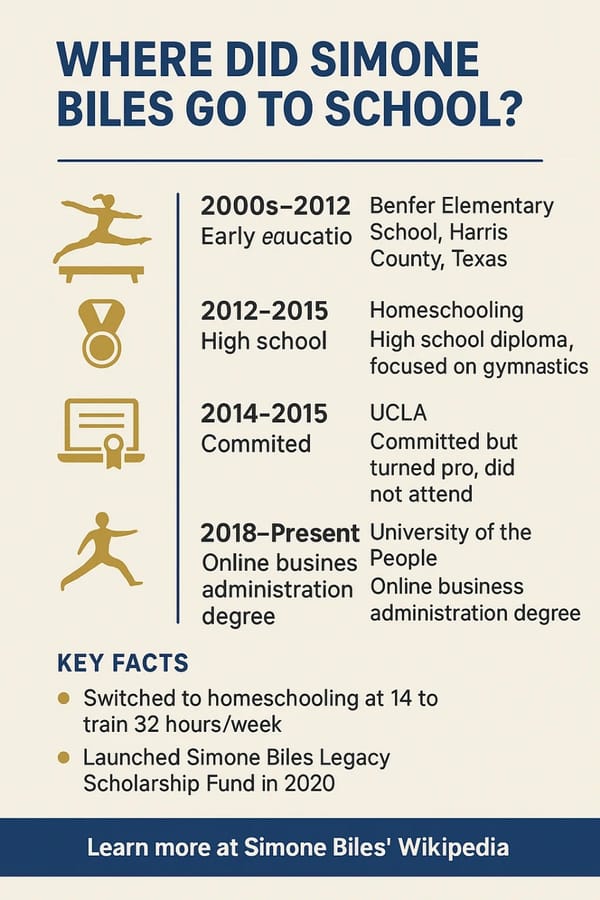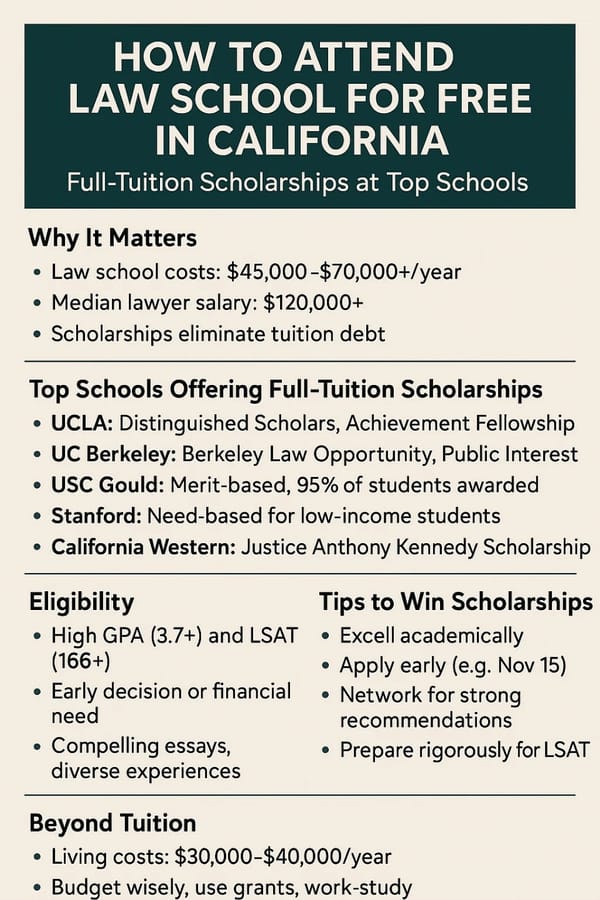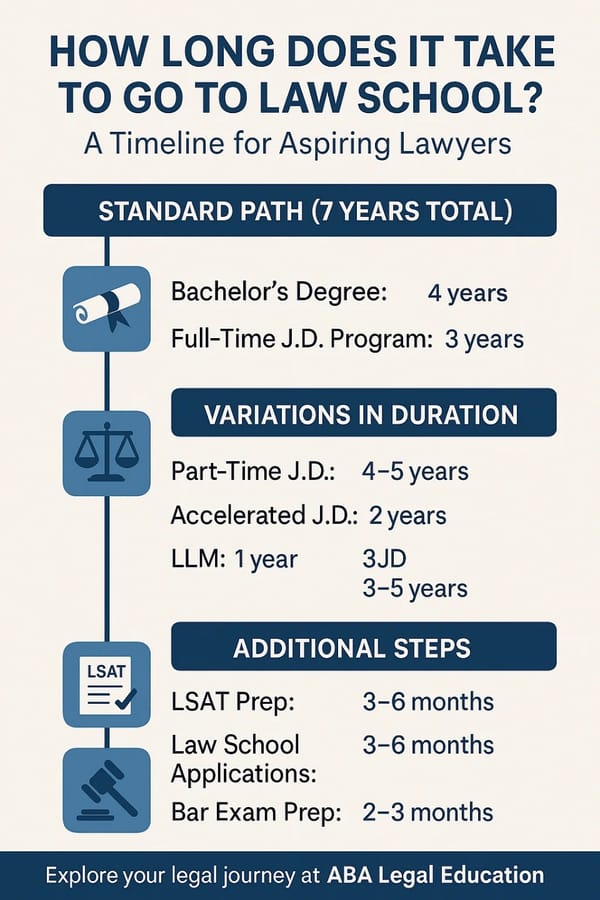How Much Does It Cost to Go to Flight School?
The dream of becoming a pilot is thrilling but the financial burden of flight school creates a challenging ascent. It's essential to know the expenses when you pursue a Private Pilot License (PPL) for recreational flying or a Commercial Pilot License (CPL) for professional flying. The price for flight school varies between $9,000 for a PPL and over $100,000 for a complete commercial pilot program with costs affected by location, aircraft type, and additional certifications. The article thoroughly examines flight school expenses and funding choices while providing personal insights to guide future pilots. Ready to chart your course? Let’s take off!
Why Flight School Costs Matter
Training to become a pilot requires substantial financial expenditure along with a deep emotional commitment. Upfront knowledge of flight school costs enables you to efficiently plan your budget and select the best school while preventing unexpected fees. Understanding all expenses including tuition and medical exams is important because each dollar matters. The guide explains financial details and financing options while providing real-world insights to help you navigate your flight training journey more effectively.
The Big Picture: What You’re Paying For
Flight school costs cover several components:
- The fundamental part of flight training costs between $100 and $300 per hour based on the type of aircraft used.
- Ground School includes classroom lessons on aviation theory which typically cost between $1,000 and $5,000.
- Certified Flight Instructors charge hourly fees that usually range between $50 and $100.
- FAA checkrides along with written exams require payments that range from $600 to $1,300 each.
- The cost for textbooks, headsets and medical exams falls between $1,000 and $3,000.
Flight school elements show significant variation between programs which requires thorough research. You can find a detailed breakdown of flight school costs by visiting the Epic Flight Academy cost guide.
Breaking Down Flight School Costs by Certification
The cost of flight school depends on which license or rating you are working toward. This breakdown of each stage relies on information collected from leading flight schools such as ATP Flight School and GoFlexAir.
Private Pilot License (PPL)
Most pilots begin their journey with a PPL which permits them to fly recreationally. The FAA sets a minimum requirement of 40 flight hours while most students complete between 60 and 70 hours.[1] The price for obtaining a PPL certificate varies between $9,000 and $28,822 based on the flight school and geographical location.
-
Example Costs:
- The Florida Flyers Flight Academy offers a PPL for $8,995, which suits students looking to save money while flying in Florida.
- At Epic Flight Academy the estimated total price for pilot training including ground school and checkride preparation stands at $28,822.
-
The main student costs include flight training between 40–70 hours at $100–$200 per hour, ground school tuition of $1,000–$2,000, and checkride fees which range from $600 to $800.
Instrument Rating (IR)
Low-visibility flying capabilities are essential for professional pilots which the IR provides. A typical cross-country flight requirement for this rating stands at 50 hours and expenses range between $15,000 and $20,000.
- Epic Flight Academy provides IR training for $17,052.50 which encompasses both flight and simulator training hours.
- Main expenses for training include the cost of simulator use between $50 and $100 per hour together with instructor charges and examination fees.
Commercial Single-Engine License (CSEL)
Paid flying jobs demand a Commercial Single-Engine License that includes 250 cumulative flight hours starting from Pilot License training. Costs range from $20,000 to $30,000.
- Epic Flight Academy provides a CSEL program costing $17,553.50 which includes advanced training.
- Pilots face key costs which include extra flying hours needed, leasing complex aircraft, and fees for checkride evaluations.
Commercial Multi-Engine Add-On (CMEL)
With the CMEL certification students gain multi-engine capabilities within approximately 3 weeks at a cost of $7,064 based on Epic Flight Academy's pricing. It’s a stepping stone to airline jobs.
Certified Flight Instructor (CFI)
Through CFI certification you gain teaching opportunities that allow you to accumulate flight hours while earning compensation. The price for training at Epic Flight Academy totals $11,155.
Airline Transport Pilot (ATP)
Airline captains must obtain the ATP which represents the top level of pilot certification. Full training programs which cover PPL to ATP usually cost over $100,000. Students enrolling in ATP Flight School’s Airline Career Pilot Program will spend $116,995 according to their cost page.
Here’s a summary table comparing key certifications:
| Certification | Duration | Cost Range | Includes |
|---|---|---|---|
| Private Pilot License (PPL) | ~3 months | $9,000 to $28,822 | Flight hours and ground school followed by an FAA checkride. |
| Instrument Rating (IR) | ~2 months | $15,000 and $20,000 | Simulator training along with flight hours and exams. |
| Commercial Single-Engine License | ~2 months | $20,000 to $30,000 | Advanced flight training and checkride completion. |
| Commercial Multi-Engine License | 3 weeks | $7,064 | Multi-engine flight training and checkride preparation. |
| Certified Flight Instructor | ~2 months | $11,155 | Instructor training and certification. |
| Airline Transport Pilot (ATP) | Varies | $100,000+ | Complete commercial pilot training program. |
GoFlexAir provides a detailed flight school cost analysis available at their website.
Factors That Influence Flight School Costs
The total cost of flight training depends on a range of different factors.
- Aviation hubs such as Florida and Arizona see higher tuition fees at schools because of strong demand and good flying weather conditions. For example, The Flight School at Colorado Springs highlights regional cost differences.
- Training students using single-engine Cessnas proves to be less expensive compared to multi-engine aircraft or those with glass cockpits.
- Students who progress at a slower rate will require additional flight hours which leads to higher expenses.
- Instructor Experience: More experienced Certified Flight Instructors (CFIs) may charge higher hourly rates, typically $75–$100, but their expertise can accelerate learning.
- Additional Ratings: Pursuing ratings like Instrument Rating (IR) or Commercial Multi-Engine License (CMEL) adds to the overall cost, with each requiring specialized training and testing.
These factors highlight the importance of creating a personalized budget. Comparing programs at GoFlexAir’s cost analysis can help you optimize expenses and choose a school that fits your needs.
Financing Your Flight Training
The high cost of flight school can be daunting, but several financing options make it accessible. Here’s how to fund your aviation journey:
Student Loans
- Federal Loans: Available for accredited flight schools, such as Direct Unsubsidized or PLUS Loans. Not all schools qualify, so check with your chosen program.
- Private Loans: Lenders like Sallie Mae and Stratus Financial offer loans covering up to 100% of flight school costs, often requiring a cosigner. ATP Flight School partners with Sallie Mae, as noted on their financing page. For more details, see Credible’s flight school loan guide.
Scholarships and Grants
Organizations like the Aircraft Owners and Pilots Association (AOPA) and the Federal Aviation Administration (FAA) provide scholarships. The AAERO Aviation Scholarship Program awards $1,000–$2,500 to aspiring pilots. Some airlines, like SkyWest, offer tuition reimbursement for students training at partnered schools.
Airline Cadet Programs
Major airlines, such as Delta or United, fund part or all of training costs through cadet programs in exchange for a commitment to fly for them. These programs reduce upfront expenses and provide a clear path to employment.
Personal Funding
Using savings, personal loans, or credit cards can supplement funding, but high interest rates make them less ideal. Explore these options cautiously.
Start researching financing early to secure the best options. Epic Flight Academy recommends Stratus Financial for students without cosigners, as detailed in their cost guide.
Hidden Costs to Budget For
Beyond tuition, additional expenses can impact your budget:
- Living Expenses: If attending a school away from home, housing, food, and transportation costs add up. Some schools, like ATP Flight School, offer free housing at select locations, which can help.
- Medical Exams: A second-class medical certificate, required for most certifications, costs $120–$200.
- Materials: Textbooks, charts, headsets, and other supplies total $1,000–$2,000.
- FAA Fees: Application and exam fees range from $600–$1,300 per certification.
Budgeting for these extras prevents financial surprises. For a transparent breakdown, visit The Flight School at Colorado Springs.
Choosing the Right Flight School
Selecting the right flight school is crucial for managing costs and ensuring quality training. Consider these factors:
- Accreditation and Reputation: Choose FAA-approved schools with strong track records, like Epic Flight Academy or L3Harris Airline Academy.
- Cost Transparency: Compare total costs, including hidden fees. Here’s a comparison table from GoFlexAir:
| School | Program | Total Cost | Includes |
|---|---|---|---|
| Flex Air Flight School | Career Pilot Academy | $97,621 | PPL–CFI, Multi-Engine, Housing, Exams |
| L3Harris Airline Academy | Accelerated Airline Pilot Track | $97,500 | PPL–CFI, Excludes Housing, Multi-Engine |
| Epic Flight Academy | Professional Pilot Program | $102,911 | PPL–CFI, Multi-Engine, Exams |
| ATP Flight School | Airline Career Pilot Program | $108,995 | PPL–CFI, Multi-Engine, Excludes Exams |
- Location: Schools in sunny regions like Florida or Arizona offer consistent flying weather, reducing delays.
- Fleet Quality: Modern, well-maintained aircraft enhance training but may increase costs.
- Instructor Quality: Experienced instructors improve efficiency, saving time and money.
For a detailed comparison, check GoFlexAir’s flight school cost analysis.
Personal Stories: The Heart of Flight School
Flight school is a transformative journey, blending financial investment with personal growth. Here are stories from pilots who’ve navigated the path:
- Michelle’s Leap of Faith: Michelle, a graduate of CAE Flight Academy, transitioned from orthopedagogy to aviation later in life. Despite graduating during a pandemic, she landed a pilot apprentice role at a UK private charter company. Her story, shared at Pilotbase, highlights resilience and passion.
- Kevin’s Global Adventure: Training at Insight Aviation in South Africa, Kevin tackled challenging cross-country flights, gaining international exposure. His experience underscores the value of diverse training environments.
- Overcoming Fears: Many pilots face daunting moments, like simulated engine failures or tricky landings. Stories at Fear of Landing show how these challenges build confidence and skill.
These narratives remind us that flight school is as much about personal triumph as it is about financial commitment.
Why Invest in Flight School?
The financial burden is significant, but the rewards are substantial:
- Global Travel: Pilots explore destinations worldwide, from tropical islands to bustling cities.
- High Earnings: Airline pilots earn a median annual salary of $171,000, according to the Bureau of Labor Statistics.
- Job Satisfaction: Flying is a dream career, combining technical skill with adventure.
- Career Stability: The aviation industry projects 6% job growth from 2022 to 2032, driven by retirements and increasing travel demand.
These benefits make flight school a worthwhile investment for those passionate about aviation.
Conclusion: Your Path to the Cockpit
Flight school costs range from $9,000 for a PPL to over $100,000 for a full commercial pilot program, influenced by location, aircraft, and certifications. By understanding expenses, exploring financing options like loans from Sallie Mae or scholarships from AOPA, and choosing a reputable school, you can make your aviation dreams soar. Stories like Michelle’s prove that with determination and planning, the skies are within reach. Ready to take the first step? Visit Epic Flight Academy or ATP Flight School to explore programs, and start your journey to the cockpit today!
The FAA mandates 40 hours for a PPL, but weather, student pace, and instructor availability often increase this to 60–70 hours. ↩︎

